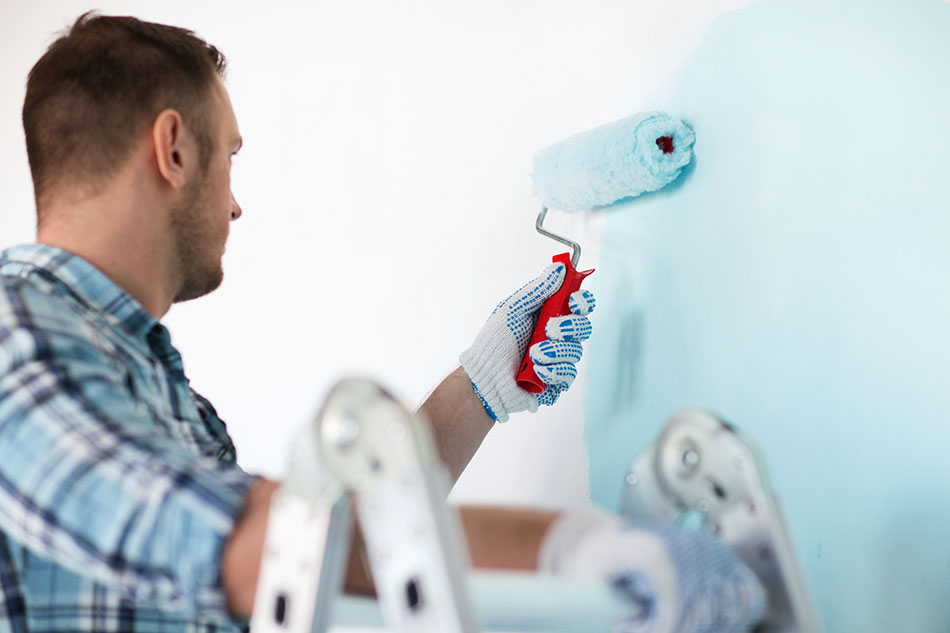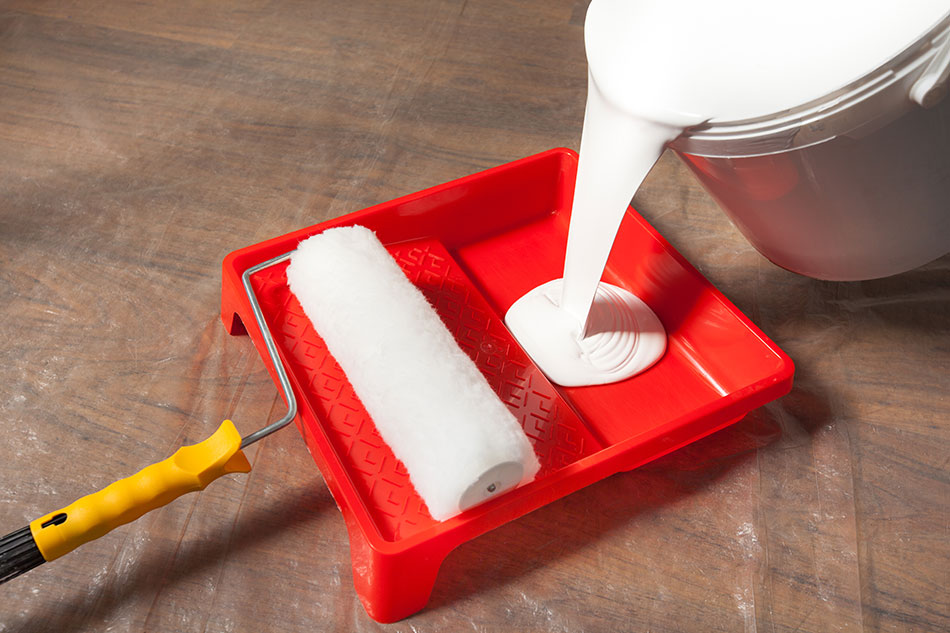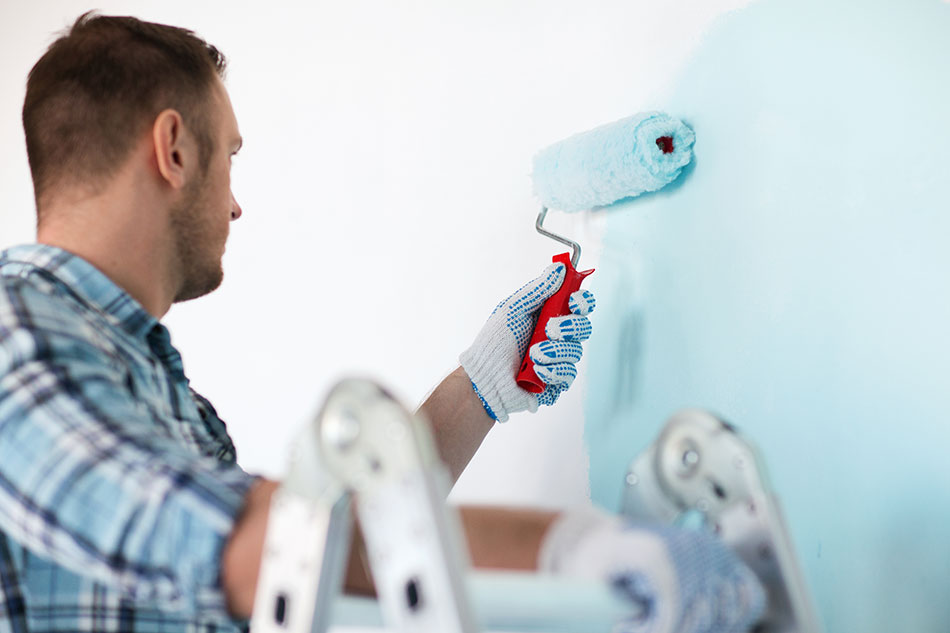
This article will tell you:
- what latex paints are and their benefits,
- when and where to use latex paints,
- how to use latex paints correctly,
- whether latex paints can be mixed and thinned.
Latex paints and their benefits
Latex paints are top quality emulsions. To a large extent the properties of latex paints are determined by pigments and large amounts of resin go into making them. Special additives, such as anti-fungal agents, are added to some products. The formula of latex paints makes for easy and convenient application, they are highly opaque, have high surface adhesion and do not leave an irritating smell. They are very resistant to sunlight, washing and scrubbing.

Talking about the benefits of latex paints, it should also be said that the mature coatings are vapour-permeable, which means that they “breathe”. This allows moisture to be carried away from the substrate, helping to maintain a healthy microclimate in the interior.
Intended use of latex paints
Latex paints have a large number of uses. They are effective where other types of emulsion prove too weak, such as places exposed to increased humidity and stains – here the Stain Resistant Śnieżka is particularly effective. They can be applied to walls and ceilings in bedrooms and kids' rooms, as well as in kitchens, bathrooms and public use spaces. Therefore, these paints are suitable for interiors which see different uses and can be applied to all standard surfaces.
Application of latex paints – practical tips
Latex paint application is easy and convenient – both a brush and a roller are suitable. Spray application is also feasible in many cases. The emulsion is easy to apply and leaves a smooth, even finish. Before starting work, line the room with dust sheets and masking tape. Mix the latex paint itself well. Use a paint tray for your tool to evenly scoop up paint. In the first place apply the paint to hard-to-reach places and only then to large areas – apply it in strips from top to bottom, so that successive strips overlap.

Primer for latex paints
A primer is essential when painting loose, very absorbent or dusty substrates. Before applying a latex paint the substrate should be first treated with a primer recommended by the paint manufacturer – for Śnieżka paints in various colours one of the ACRYL-PUTZ® primers will prove useful. However, if the substrate is solid, skimmed or painted in an intensive colour, a traditional primer can be replaced with the Śnieżka Primer.
How many coats of latex paint are needed?
Usually latex paint, such as the Śnieżka Colours of Nature series, can be applied in 1 or 2 coats. On a pre-primed surface, a single coat may be sufficient – but if no primer is used, it is better to apply the emulsion in two coats. The recommended number of coats is specified by the product manufacturer in its technical specification.
Decorating accessories
Which latex paint brush to choose or which roller to buy largely depends on the type of substrate. The smoother it is, the shorter the bristles of the tool. A wide roller for large areas can be replaced by a small synthetic brush for hard-to-reach places, such as corners, around electricity sockets or window frames.

